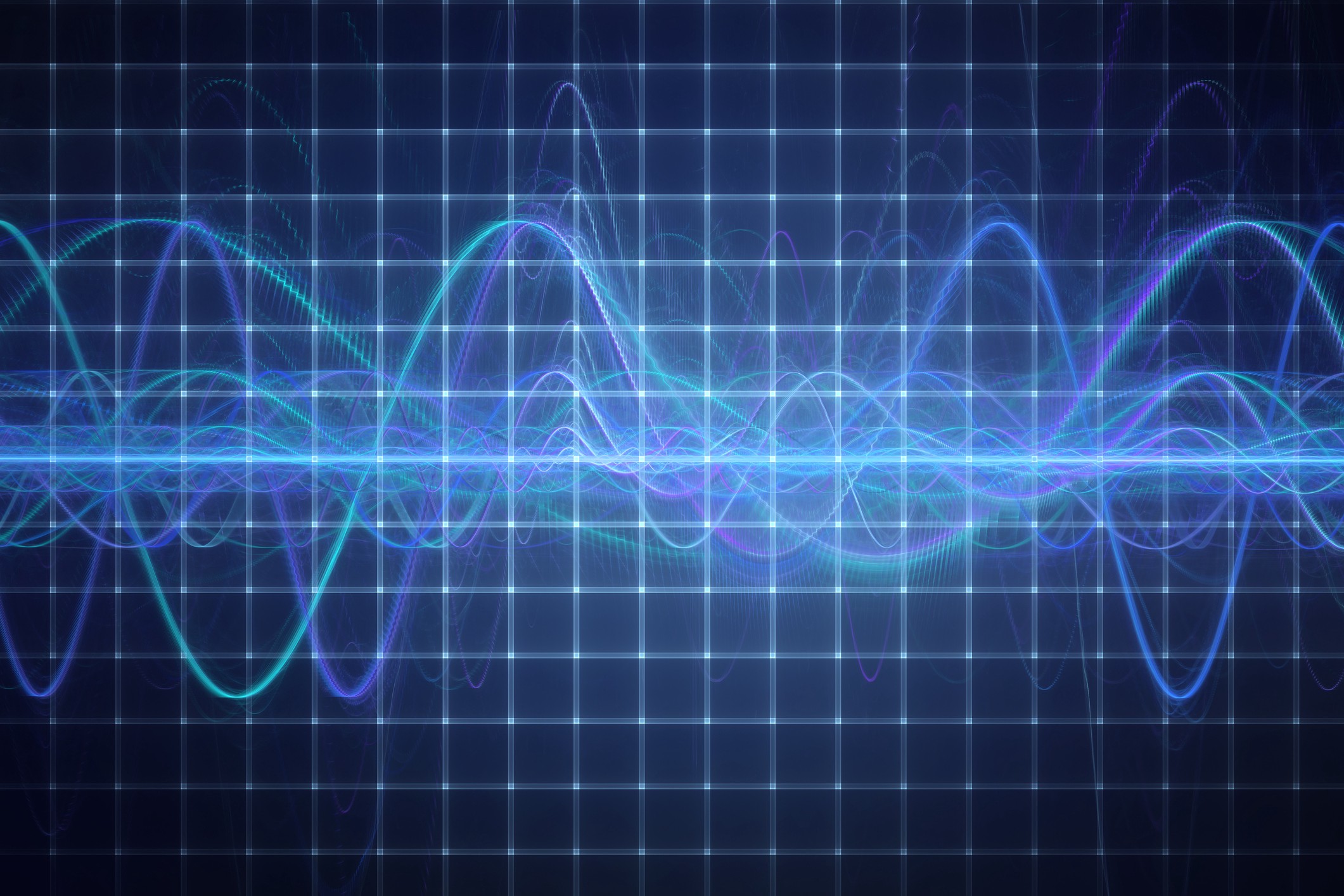
Radio frequency (RF) is a measurement of the oscillation of electromagnetic waves. RF is synonymous with the terms radio and wireless communication. RF refers to the frequency band at which wireless communications are broadcast and transmitted. The frequency band splits into sections assigned to different industries. This range of signals is the radio spectrum. For example, VHF (very high frequency) is for FM radio, TV broadcasts, and amateur radio. The UHF (ultra-high frequency) band is for cell phones, wireless internet, and Bluetooth.
How Is Radio Frequency Technology Used?
Wireless communications function using antennas and transmitters. As radio frequencies increase, they become microwaves, IR (infrared radiation), visible light, and ultraviolet rays. RF signals are used more often as our reliance on technology increases. Internet of Things (IoT), vehicle electronics, and cellular all utilize RF.
An RF power divider is a device used by engineers to split RF signals and direct them to multiple destinations. The output is the same but reduces the amount of power in each split. This technology is used when designing cell phone coverage, for example. If installing multiple cells on a tower is not feasible in a given situation, technicians can use an RF divider to route signals to various locations, thus increasing the range of cellular coverage. RF power dividers and combiners are passive devices, meaning they do not require external power to function. They merely route signals so other circuits can use the signals.
Each split signal is isolated from other signals. If the signal splits in half, each split will have half the power of the original signal. With a signal split into fourths, each split will have one-quarter power. Technicians can adjust this power level after the split to bring the signal back to full power. This adjustment ensures proper load impedance is maintained.
What Is the Difference Between a Power Divider and a Power Combiner?
An RF combiner works precisely like a divider in reverse. A combiner does not change a signal; it merely combines signals into a single output. RF power combiners allow outputs from several different RF transmitters to combine onto one antenna. TV channels use RF combiners to combine two channels into one signal before sending it out into the world.
As you can see, communications systems like AM, FM, and TV broadcast towers require RF technology to function correctly. RF power combiners and dividers work in the same way. A combiner takes multiple RF inputs and combines them into one RF output. A divider splits a signal into multiple outputs. Many applications use these handy devices, and we’re likely to see more of them as technologies like 5G become increasingly prevalent.

